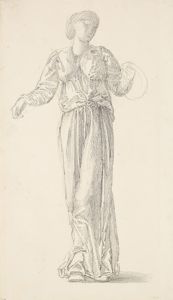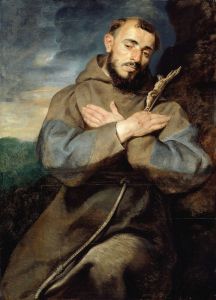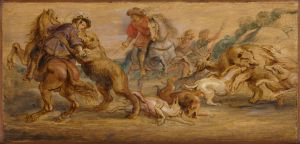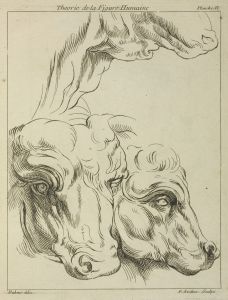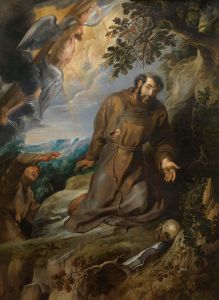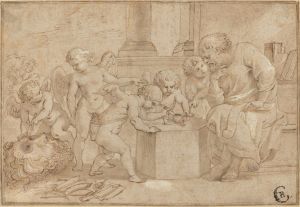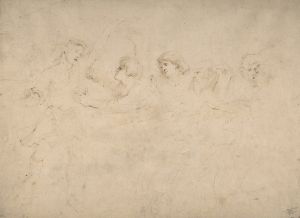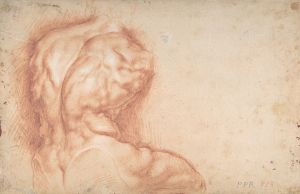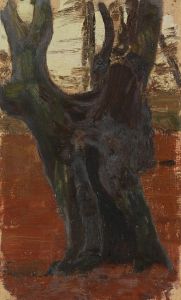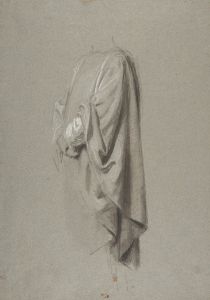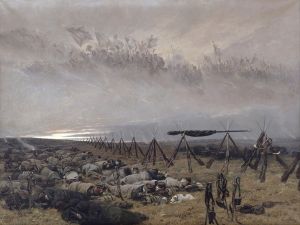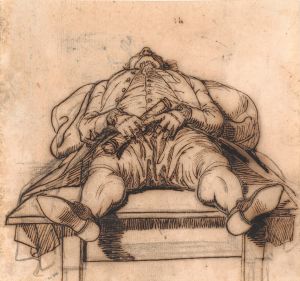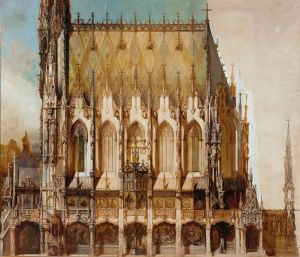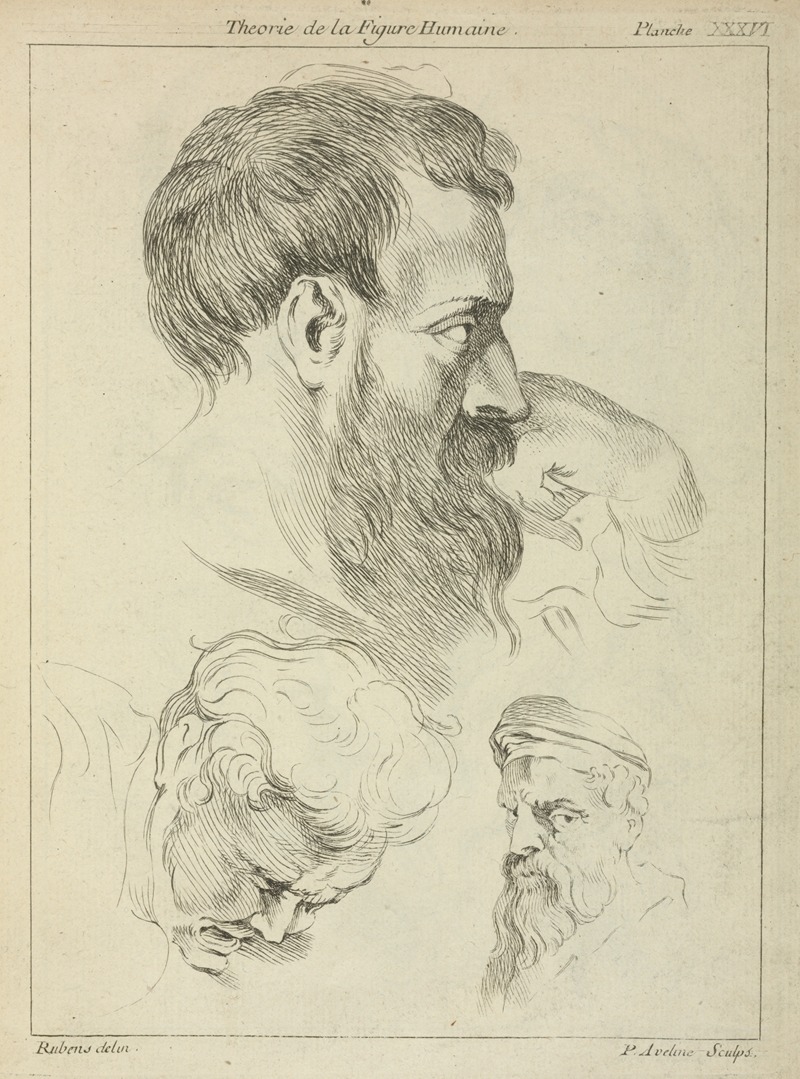
Three studies of men’s heads
A hand-painted replica of Peter Paul Rubens’s masterpiece Three studies of men’s heads, meticulously crafted by professional artists to capture the true essence of the original. Each piece is created with museum-quality canvas and rare mineral pigments, carefully painted by experienced artists with delicate brushstrokes and rich, layered colors to perfectly recreate the texture of the original artwork. Unlike machine-printed reproductions, this hand-painted version brings the painting to life, infused with the artist’s emotions and skill in every stroke. Whether for personal collection or home decoration, it instantly elevates the artistic atmosphere of any space.
Peter Paul Rubens, a prominent Flemish Baroque painter, is renowned for his dynamic compositions, vibrant color palette, and sensuous portrayal of figures. Among his extensive oeuvre, "Three Studies of Men's Heads" stands out as a remarkable example of his skill in capturing human expression and character. This work is a testament to Rubens' mastery in rendering the human form and his keen observational skills.
"Three Studies of Men's Heads" is a study piece, which means it was likely created as a preparatory work for a larger composition. Rubens often produced such studies to explore different facial expressions, lighting effects, and character types, which he would later incorporate into his grand historical and religious paintings. This particular study features three distinct male heads, each turned at different angles, showcasing a variety of expressions and emotions.
The painting exemplifies Rubens' ability to convey a range of human emotions through subtle changes in facial features and expressions. The heads are depicted with meticulous attention to detail, highlighting the texture of the skin, the play of light and shadow, and the individuality of each subject. Rubens' use of chiaroscuro, a technique that contrasts light and dark to create a sense of volume and depth, is evident in this work, adding a dramatic intensity to the faces.
Rubens' studies were not only exercises in capturing likeness and expression but also served as a means to understand the underlying anatomy of the human face. His interest in anatomy was influenced by his exposure to Renaissance art and his studies in Italy, where he was inspired by the works of masters like Leonardo da Vinci and Michelangelo. This influence is apparent in the lifelike quality and anatomical precision of the heads in this study.
The context in which "Three Studies of Men's Heads" was created reflects Rubens' broader artistic practice. During his career, Rubens maintained a large workshop in Antwerp, where he employed numerous assistants and apprentices. These studies would have been used as reference material for his workshop, guiding his assistants in the creation of larger, more complex compositions. The studies also demonstrate Rubens' role as a teacher, imparting his knowledge of human anatomy and expression to the next generation of artists.
While the exact date of creation for "Three Studies of Men's Heads" is not definitively known, it is consistent with Rubens' style and technique during the height of his career in the early 17th century. The work is a valuable insight into Rubens' artistic process and his approach to capturing the essence of human emotion.
Today, "Three Studies of Men's Heads" is appreciated not only for its technical brilliance but also for its contribution to the understanding of Rubens' artistic methods. It remains an important piece for scholars and art enthusiasts who seek to explore the depth and complexity of Rubens' work. The study continues to be exhibited in various collections, allowing audiences to engage with the legacy of one of the Baroque period's most influential artists.





